Lets take a look at the top 21 animals that call the Shenandoah National Park home. From big to small each critter plays an important role in their respective habitats contributing uniquely to the ecosystems found in the park.
White-tailed Deer
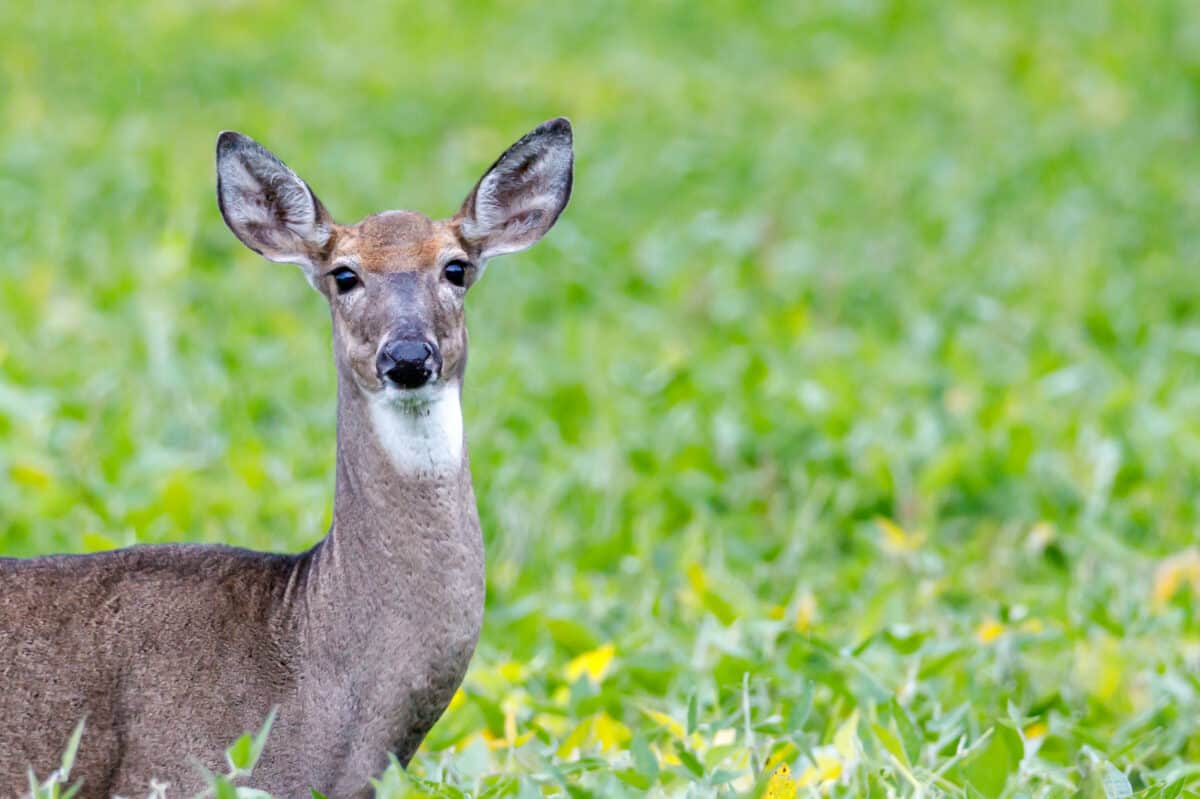
The white-tailed deer is a common sight in Shenandoah National Park, often spotted grazing in meadows or crossing wooded trails.
Black Bear
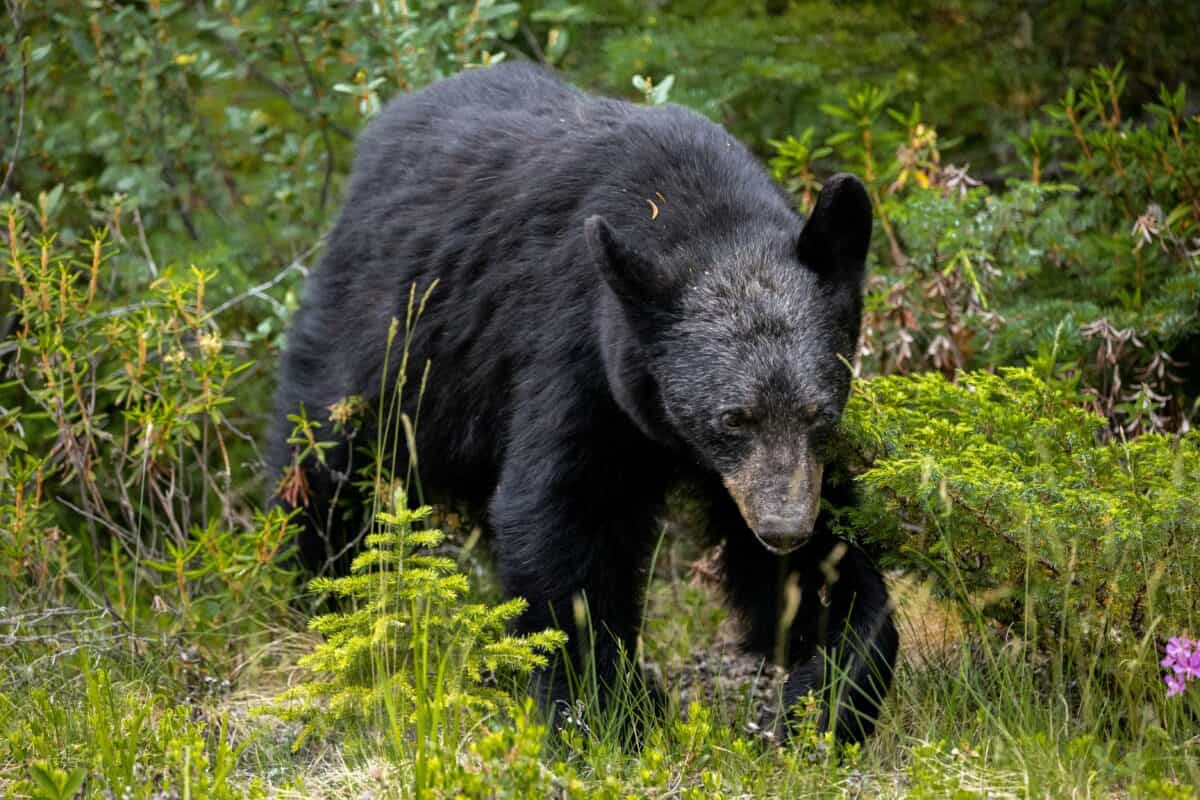
Shenandoah National Park is home to a healthy population of black bears, which can often be observed foraging for food or climbing trees.
Eastern Box Turtle
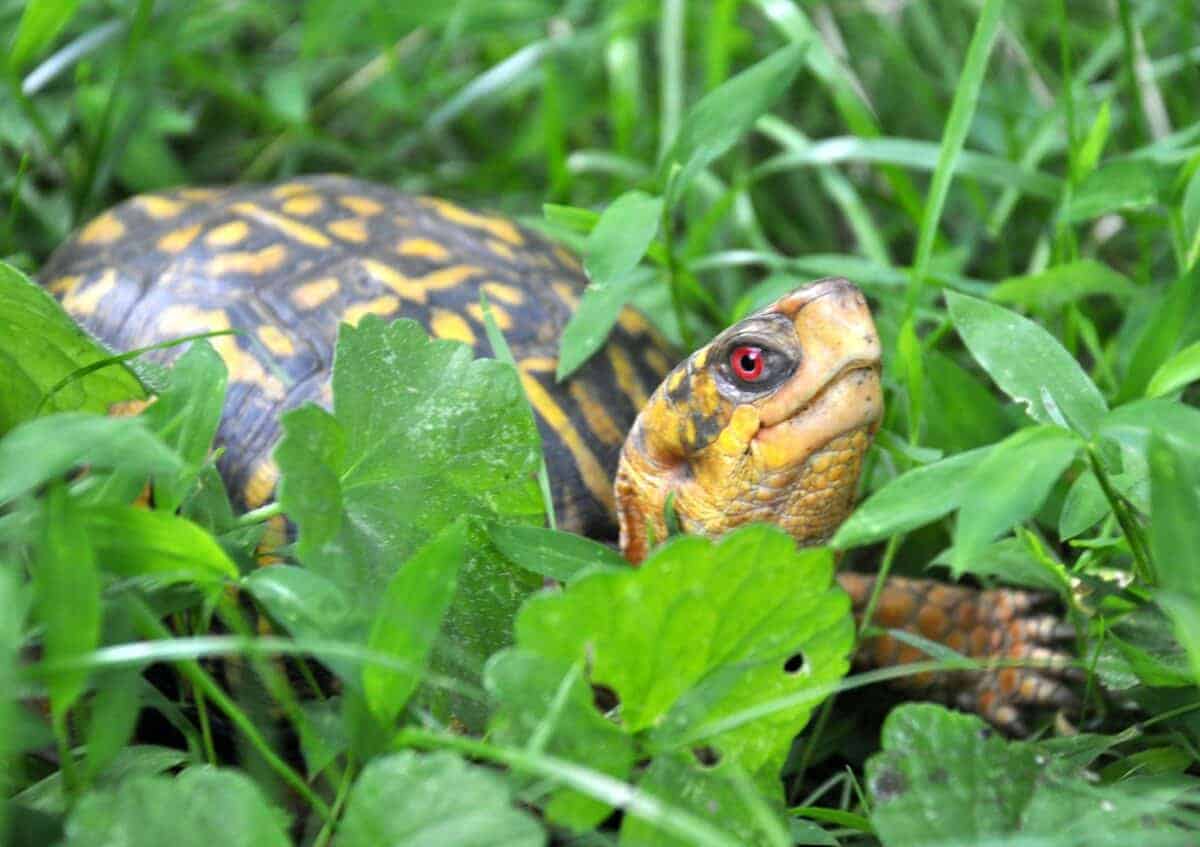
This terrestrial turtle species is found throughout Shenandoah National Park, particularly in wooded areas and along streams.
Eastern Gray Squirrel
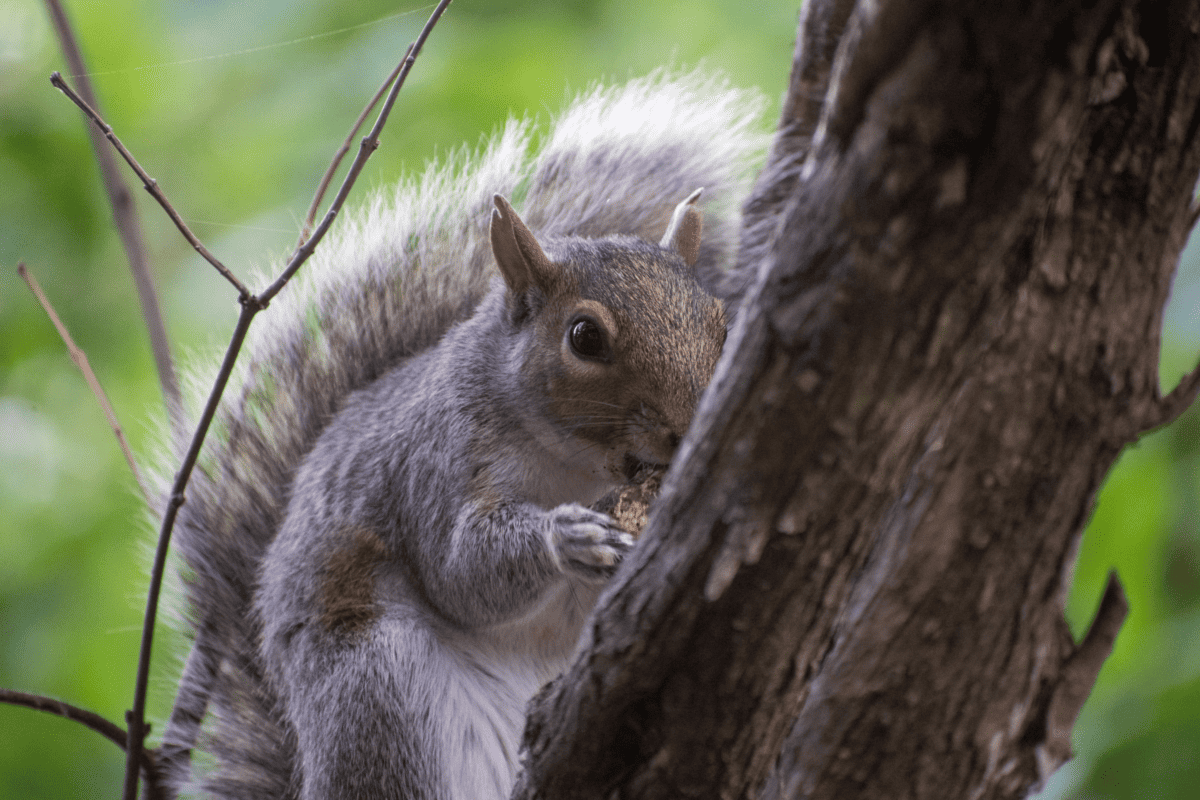
The eastern gray squirrel is a familiar sight in Shenandoah, darting through trees and foraging for nuts and seeds.
Wild Turkey
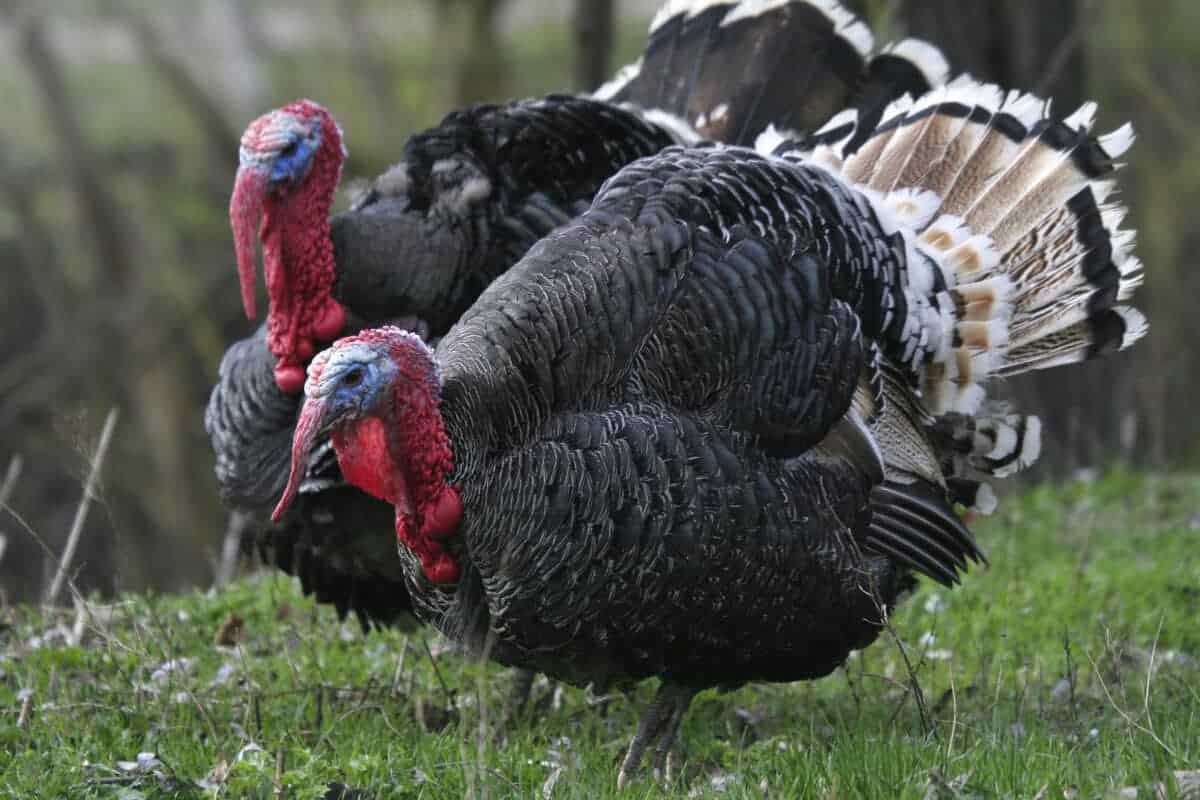
These large birds are often spotted in the forests and meadows of Shenandoah, where they roam in search of food and mates.
Raccoon
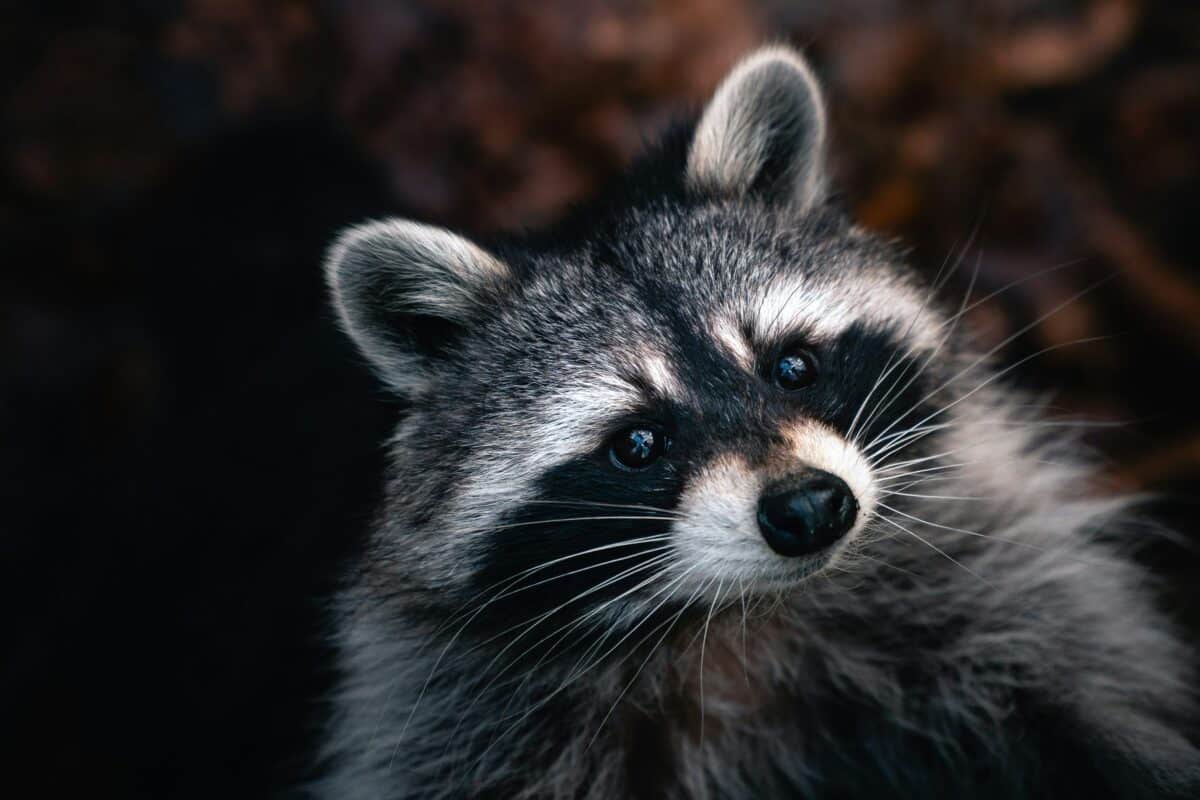
Raccoons are common inhabitants of Shenandoah National Park, known for their distinctive markings and nocturnal habits.
Eastern Cottontail Rabbit
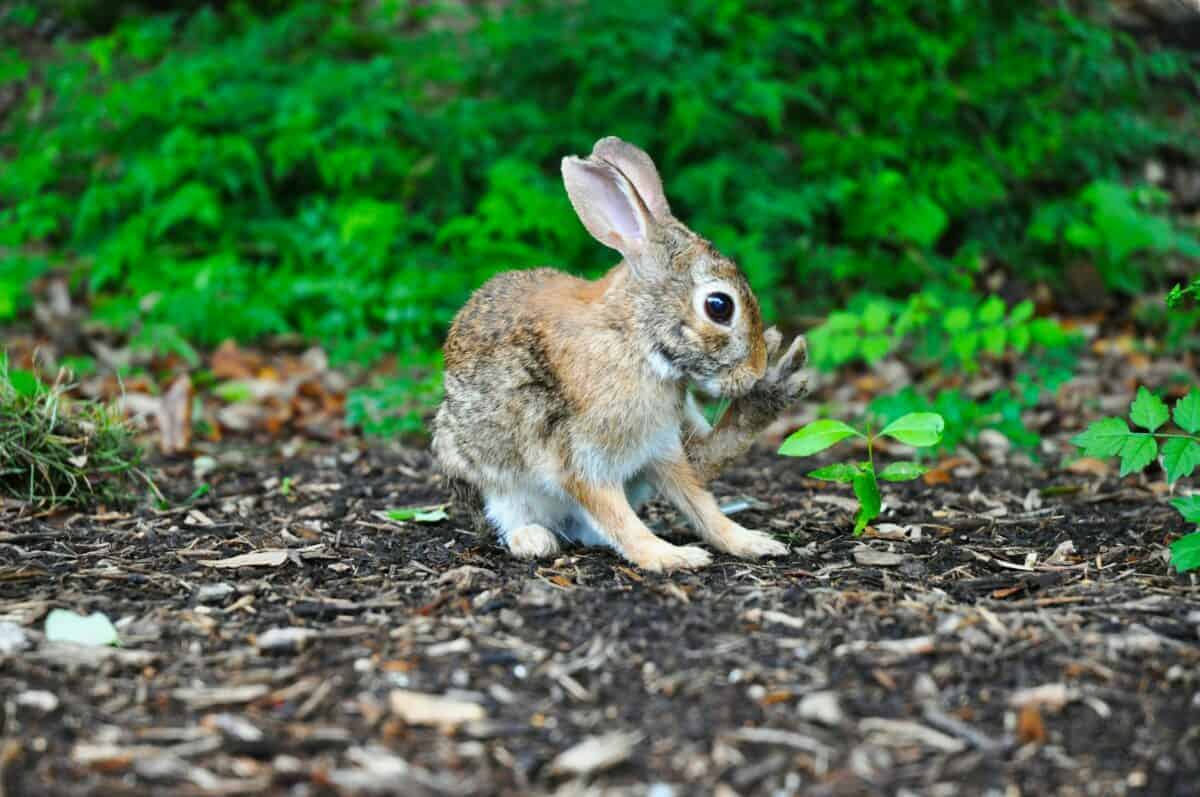
These small rabbits are frequently seen in Shenandoah, particularly in grassy areas and along forest edges.
Red Fox

The red fox is a skilled predator found throughout Shenandoah National Park, preying on small mammals and birds.
Timber Rattlesnake
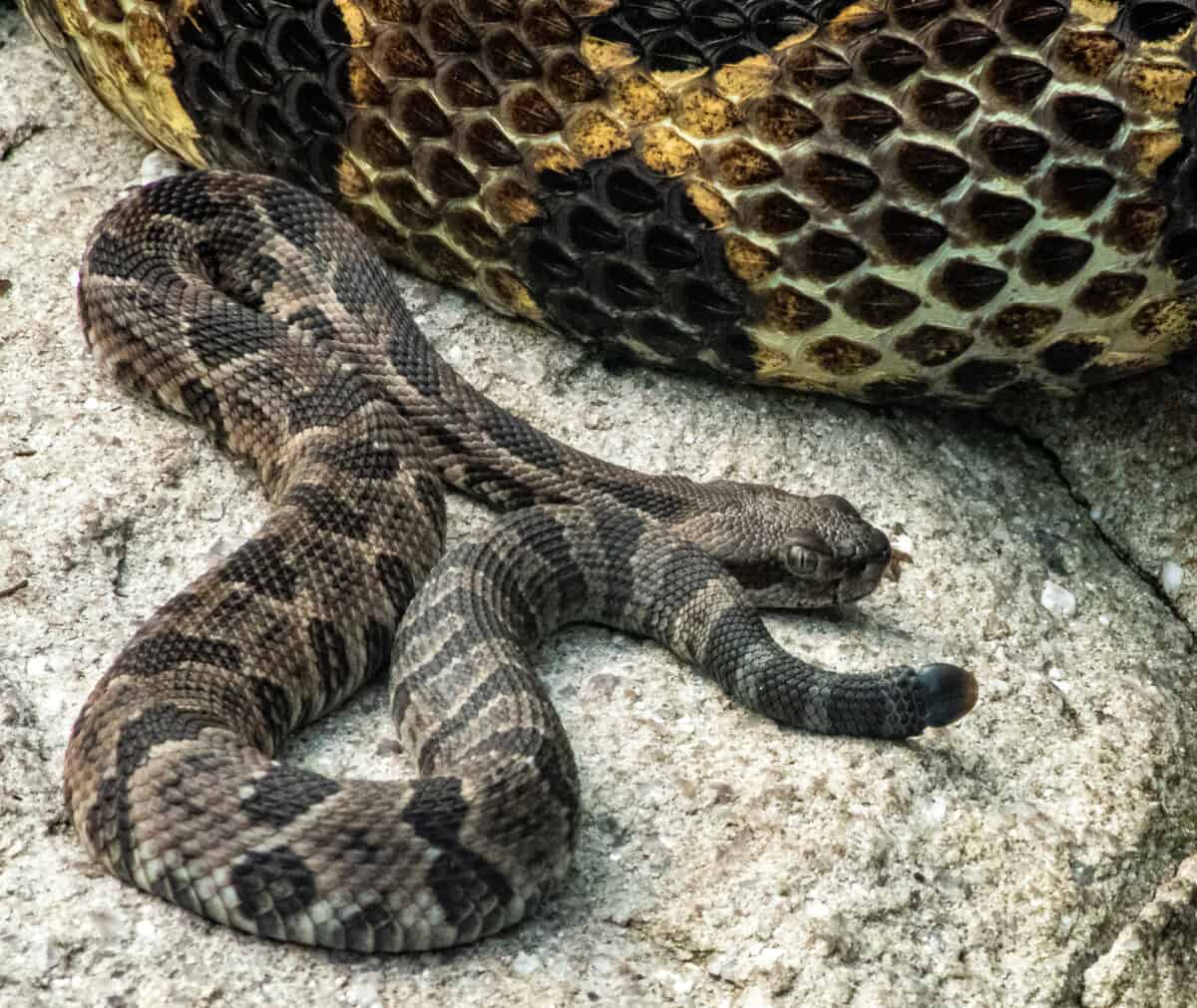
Shenandoah is home to the timber rattlesnake, a venomous snake species that inhabits rocky areas and forests.
Eastern Chipmunk
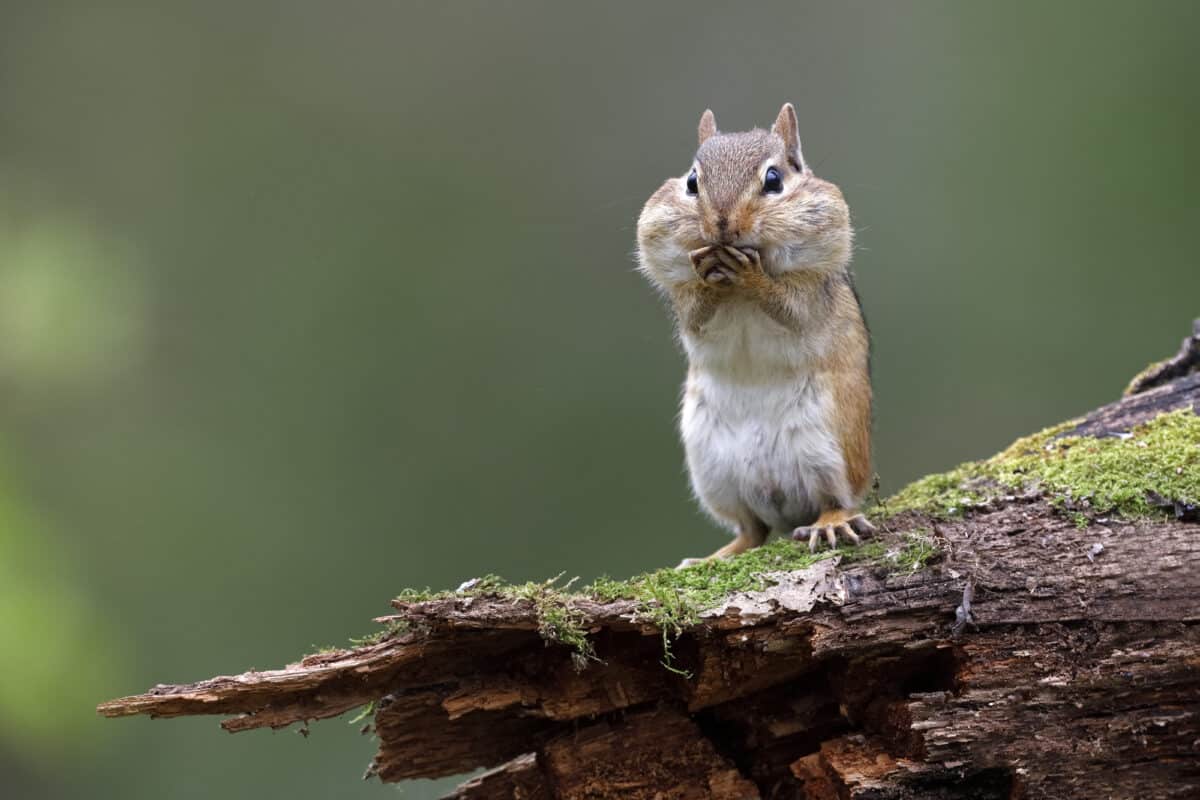
Eastern chipmunks are abundant in Shenandoah, where they can be seen darting across forest floors and climbing trees.
Virginia Opossum

These nocturnal marsupials are found throughout Shenandoah National Park, often scavenging for food at night.
American Robin
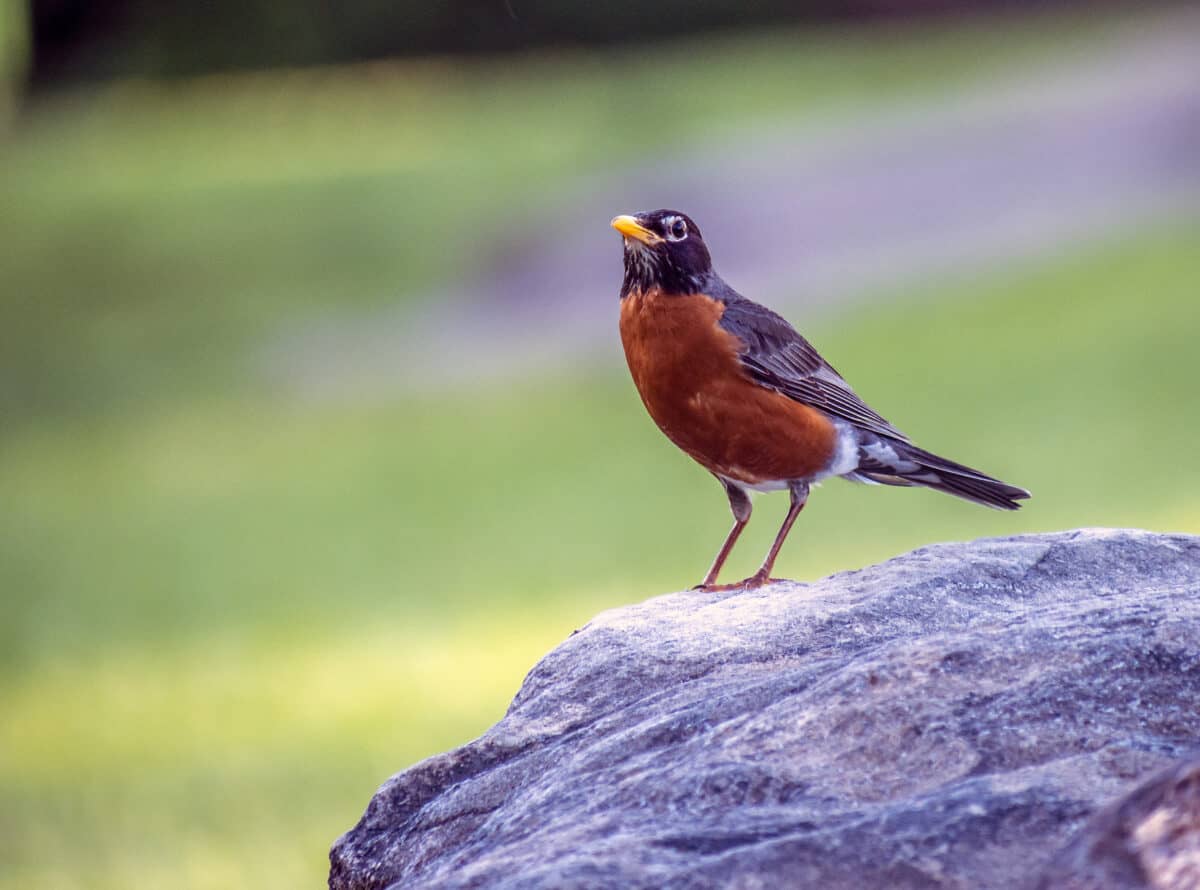
The American robin is a common bird species in Shenandoah, known for its distinctive red breast and melodious song.
Eastern Screech Owl
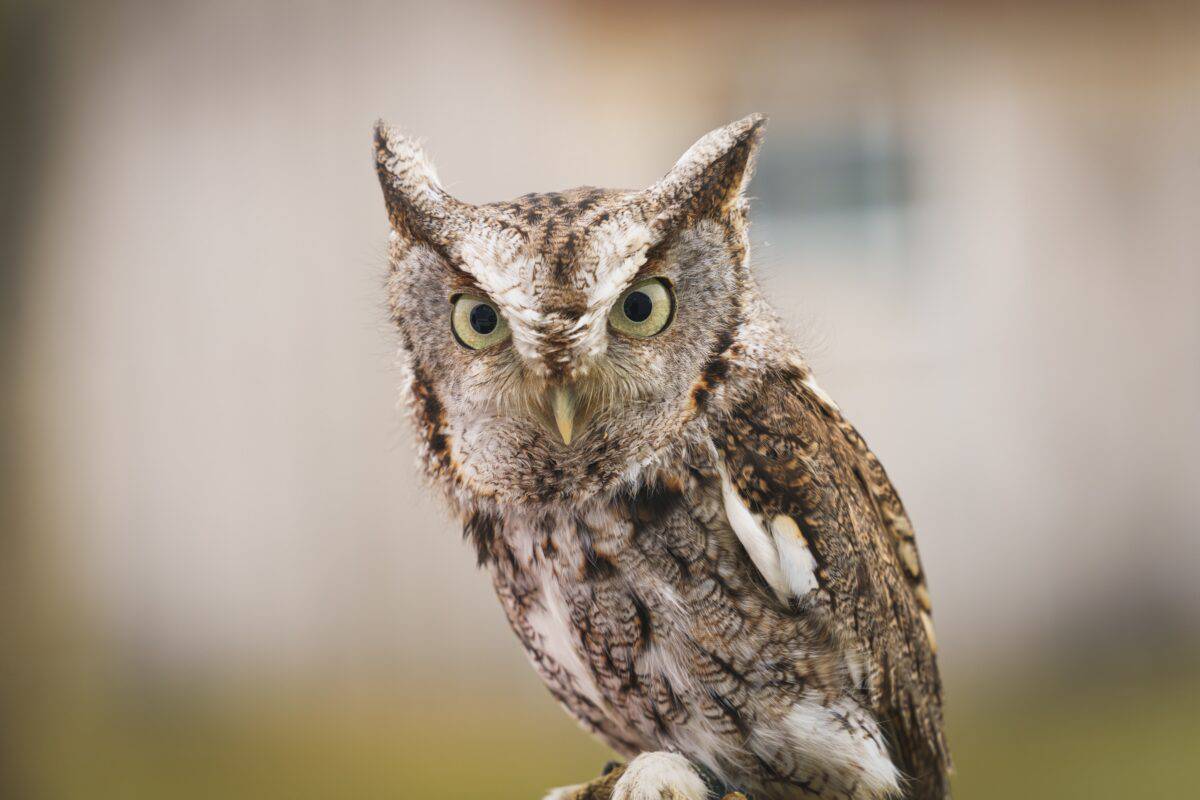
Shenandoah is home to the eastern screech owl, a small nocturnal bird that inhabits wooded areas.
American Black Vulture
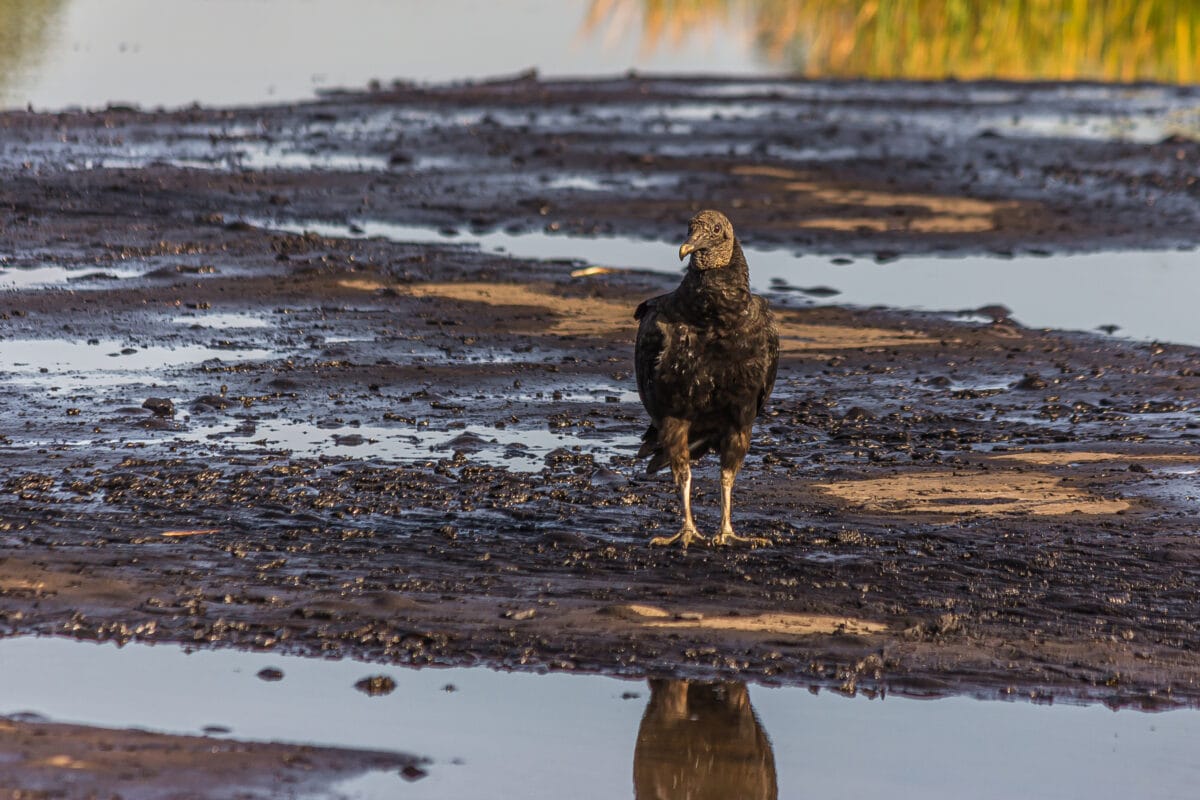
Black vultures are frequently seen soaring over Shenandoah National Park, scavenging for carrion.
American Crow

American crows are intelligent birds commonly observed in Shenandoah, where they scavenge for food and build nests in trees.
Eastern Box Turtle

These terrestrial turtles are a common sight in Shenandoah National Park, often found in wooded areas and along streams.
Northern Copperhead
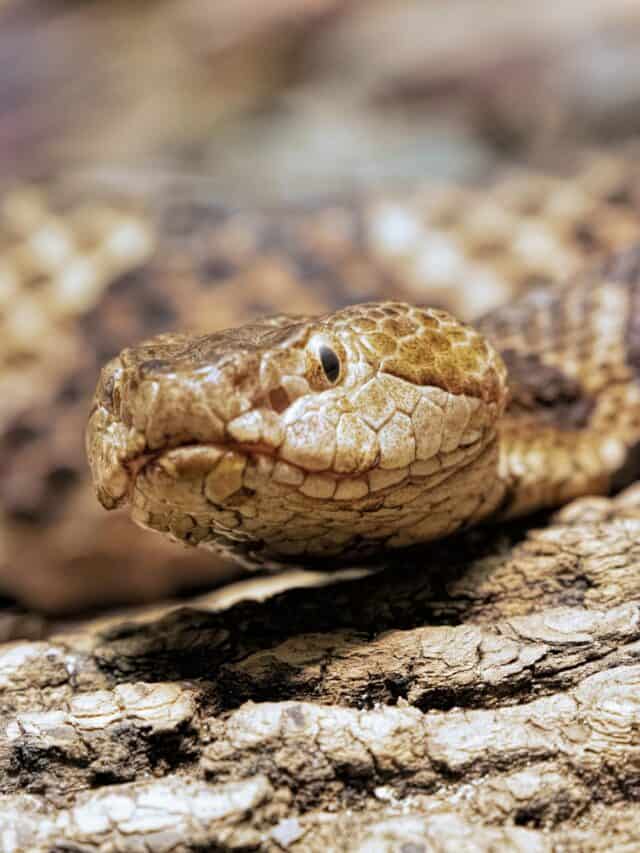
Shenandoah is home to the northern copperhead, a venomous snake species that inhabits rocky terrain and forests.
Wood Duck
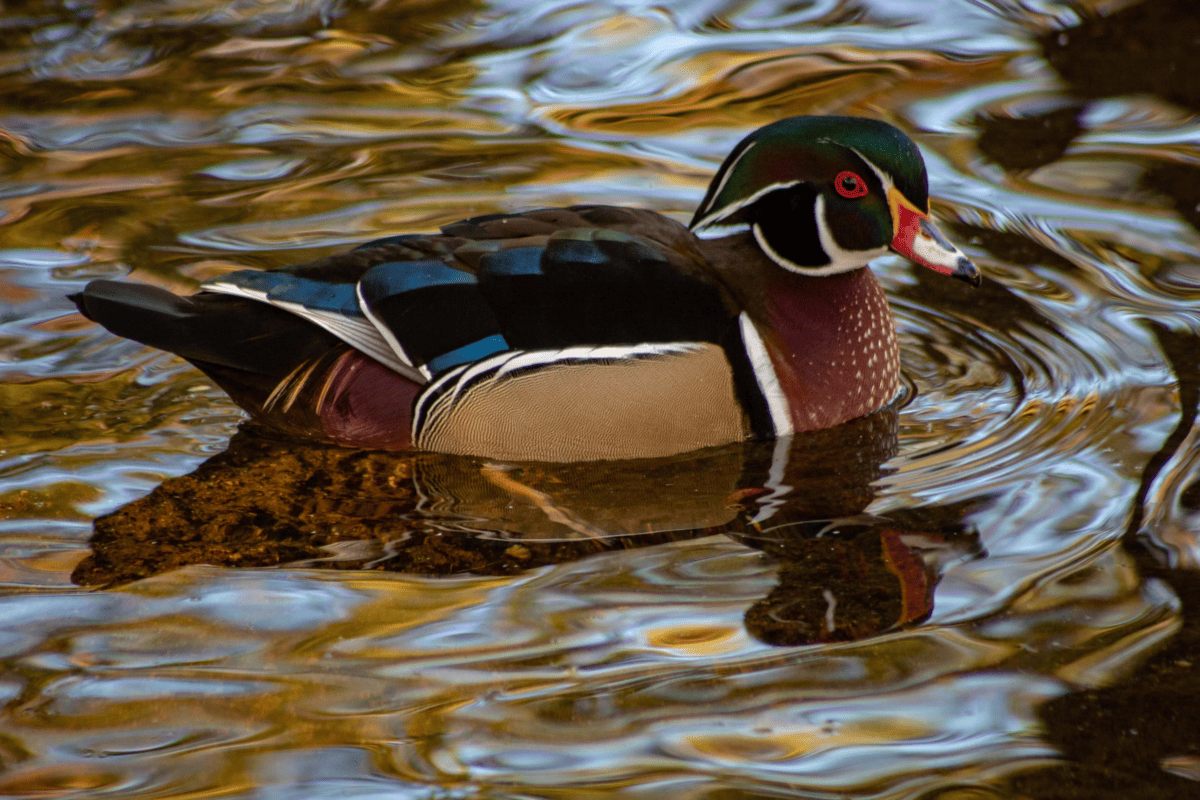
Wood ducks can be found in Shenandoah National Park, particularly in wetland areas and along streams.
Eastern Towhee

This bird species inhabits the forests and shrublands of Shenandoah, where its distinctive call can often be heard.
Eastern Painted Turtle
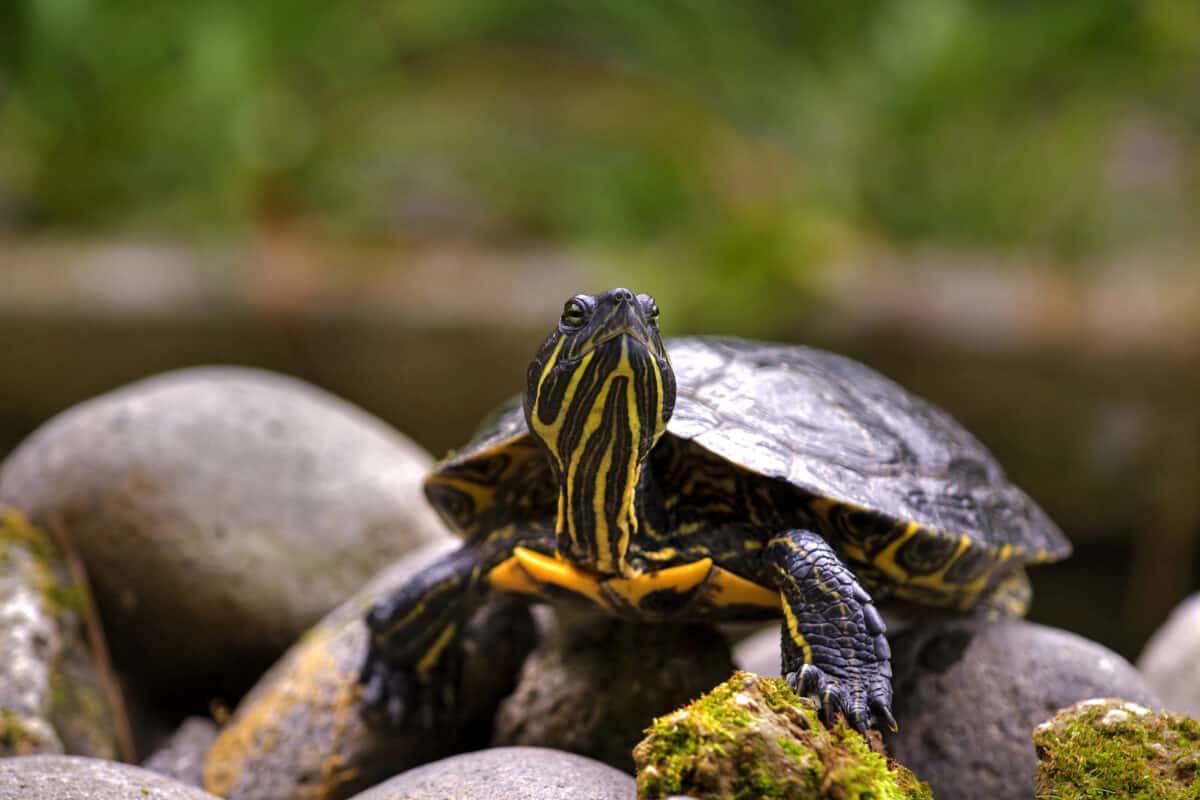
These freshwater turtles are found in ponds and streams throughout Shenandoah National Park.
Wild Brook Trout

Shenandoah’s streams and rivers are home to wild populations of brook trout, prized by anglers for their beauty and fighting spirit.
Conclusion

As you can see each of these animals plays an important role in their environments and contribute to park. I hope you enjoyed reading about the animals that call Shenandoah National Park home. To read more like this, check out the articles below:
- 21 Animals That Call Joshua Tree Home
- 21 Animals That Call The Great Smoky Mountains Home
- Top 21 Animals Of Everglades National Park
Join our Forum for free today!

- Brown Bear Approaches And Wiggles His Foot - July 22, 2024
- Mountain Biker Has An Extremely Close-up Encounter With a Wild Giraffe - July 22, 2024
- Eagle Flies Into a Moving Car - July 21, 2024

